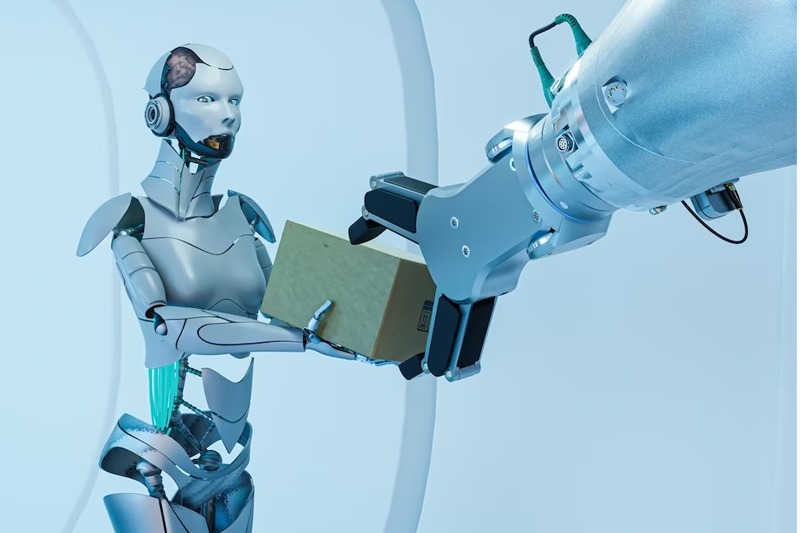Introduction
Robotics has evolved from industrial tasks to an integral part of our daily lives, with domestic robotics emerging as a new era. With advancements in technology and societal needs, robots are helping us with chores and improving our quality of life. This blog post explores the rise of domestic robotics and its impact on our daily routines.
- The Evolution of Robotics
Robotics originated in the industrial sector, automating repetitive tasks for increased efficiency. As technology advanced, their potential expanded beyond factories and warehouses, with miniaturization, sensor technologies, and artificial intelligence enabling their integration into domestic settings.
- The Role of Domestic Robots:
Domestic robots are designed to assist humans with everyday tasks, making our lives more convenient, comfortable, and secure. These robots come in various forms and perform a wide range of functions. Let’s explore some common roles that domestic robots are taking on:
- Cleaning and Maintenance: Robotic vacuum cleaners and mops efficiently clean homes, while window and gutter cleaning robots simplify tedious maintenance tasks.
- Personal Assistance: Personal assistant robots are being developed to enhance daily productivity and provide companionship in homes, performing tasks like answering questions, managing calendars, and engaging in basic conversations.
- Elderly Care: The global population ages, increasing demand for robots for elderly care, monitoring vital signs, reminding medication, and providing companionship to alleviate loneliness.
- Education and Entertainment: Robots serve as educational tools for children, providing interactive play, and providing entertainment for individuals living alone.
3. Advantages and Challenges
The rise of domestic robotics brings several advantages and challenges that shape its adoption and further development:
Advantages:
- Increased convenience and time-saving: Robots take on mundane and repetitive tasks, freeing up time for individuals to focus on other activities.
- Improved safety and security: Robots can perform tasks that are physically demanding, dangerous, or involve exposure to hazardous environments.
- Enhanced accessibility: Robots provide assistance to individuals with disabilities, allowing them to live more independently.
- Customization and personalization: Domestic robots can be tailored to individual preferences, adapting to specific needs and routines.
Challenges:
- Affordability: The cost of domestic robots can be a significant barrier to widespread adoption. However, as technology advances and economies of scale come into play, prices are expected to decrease over time.
- Ethical considerations: Robot integration raises ethical concerns, including privacy, data security, and human employment impact.
- Human-robot interaction: Designing robots that can effectively communicate and understand human emotions is a complex challenge. Creating intuitive user interfaces and ensuring seamless integration are key aspects of a successful adoption.
4. The Future of Domestic Robotics

The potential for domestic robotics is vast, and the field is evolving rapidly. As technology continues to advance, we can anticipate several developments:
- Multi-functionality: Future domestic robots will likely possess multiple capabilities, integrating tasks and performing various functions within a single device.
- Smarter AI and Machine Learning: AI and machine learning algorithms enable robots to learn from user interactions, adapt to changing environments, and offer personalized assistance.
- Increased Integration: Robots will integrate into smart home ecosystems, automating various aspects of life through seamless communication.
- Customizability: Users will have the ability to customize and personalize their domestic robots according to their preferences, creating a tailored experience.
You can check our blogs like- Overview of xAI, Chandrayaan 3, Overview of Podcast and many more.
You also follow our Instagram & YouTube Channel for more information.
Conclusion
The rise of domestic robotics marks a significant transformation in the way we interact with technology in our homes. From performing household chores to providing assistance and companionship, robots are gradually becoming an integral part of our daily routines. While challenges remain, the potential benefits of domestic robots are enormous, with the power to enhance our quality of life, improve accessibility, and simplify our tasks. As we embrace this new era, it is crucial to navigate the ethical considerations, ensure affordability, and prioritize human-robot interaction to create a future where domestic robotics coexist harmoniously with human beings.





Leave A Comment